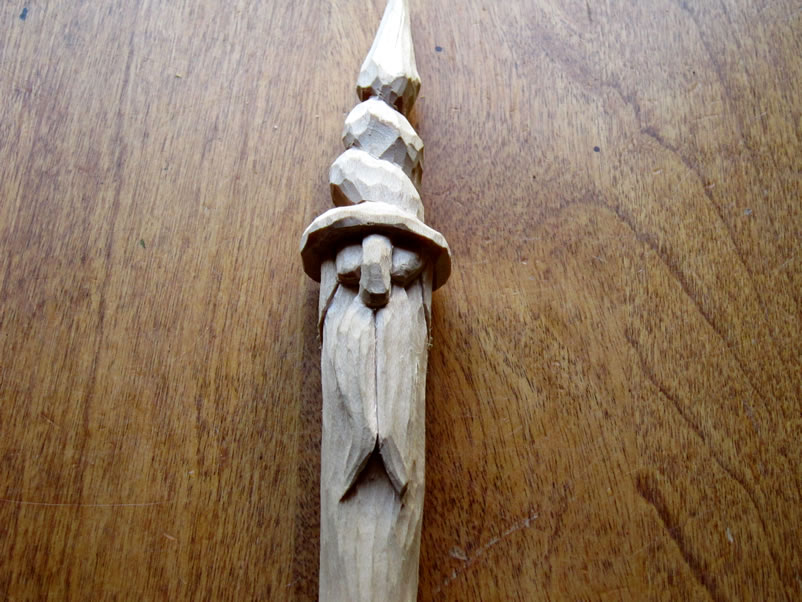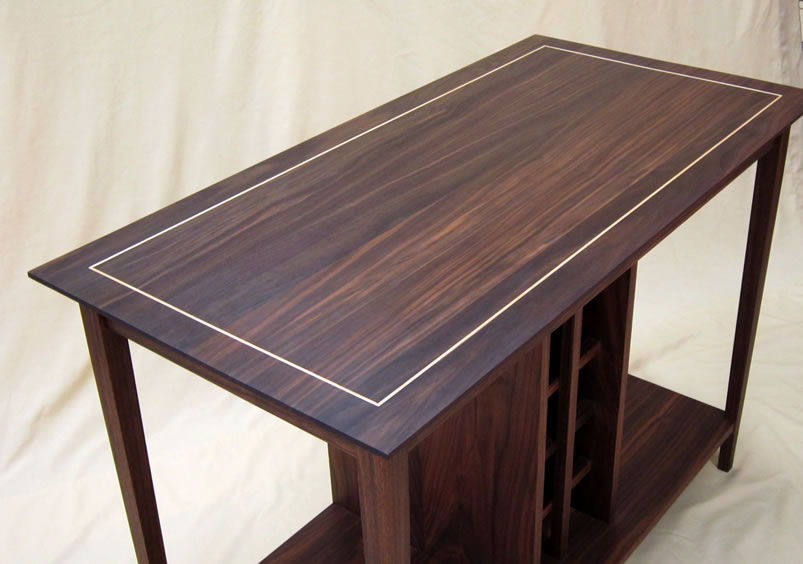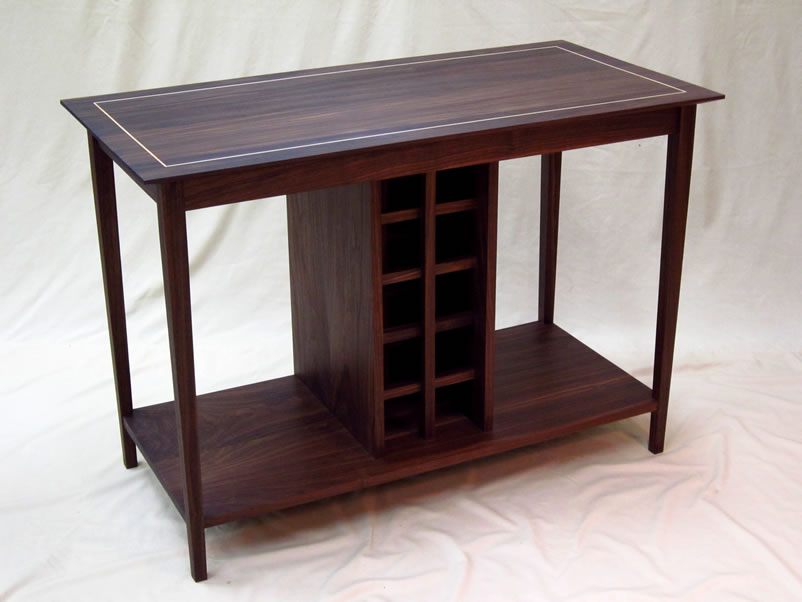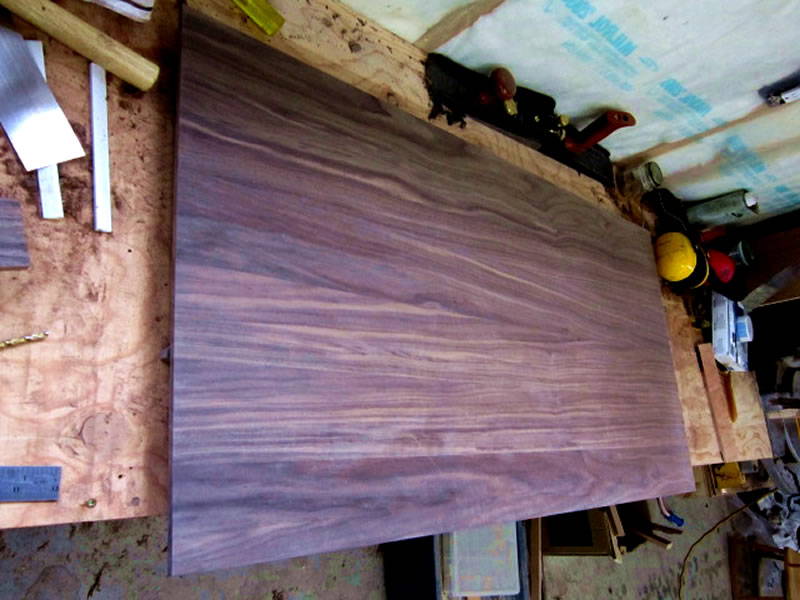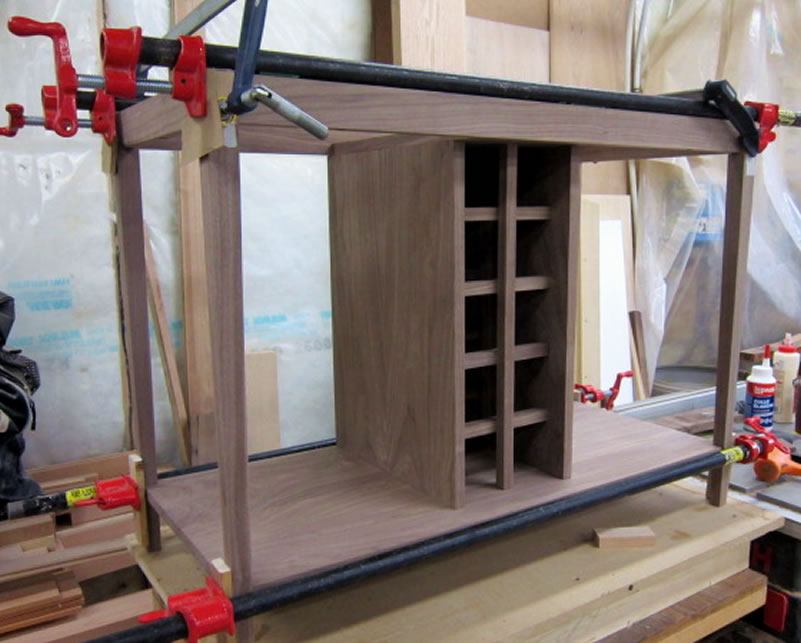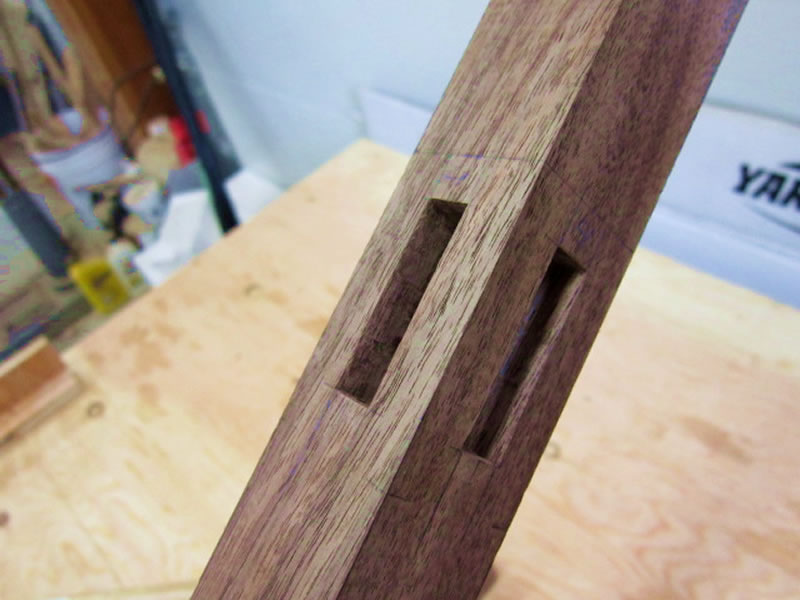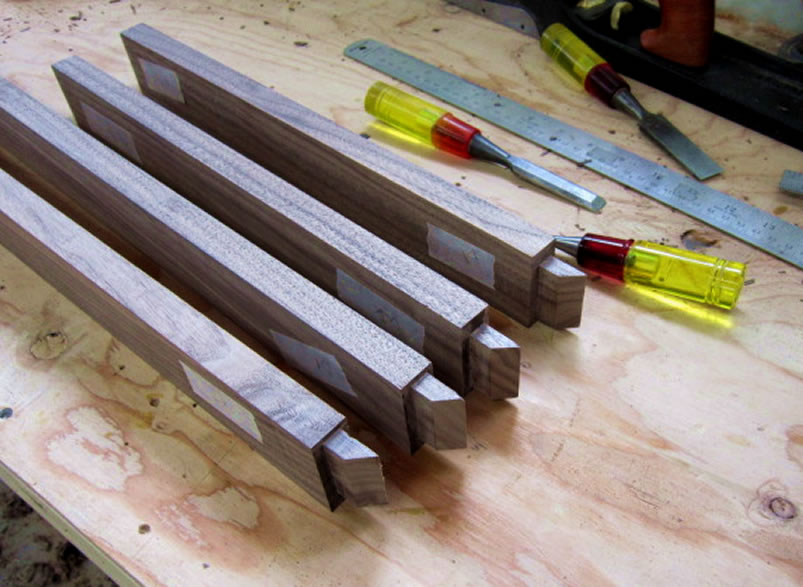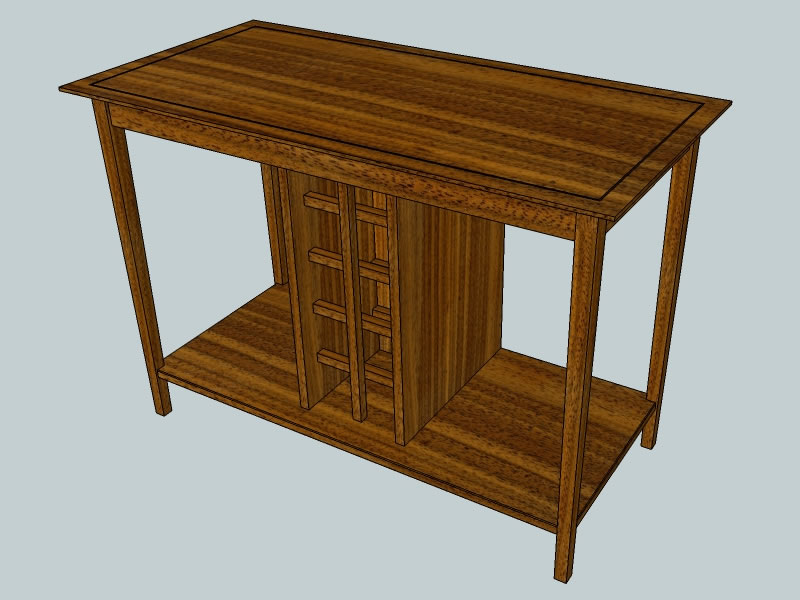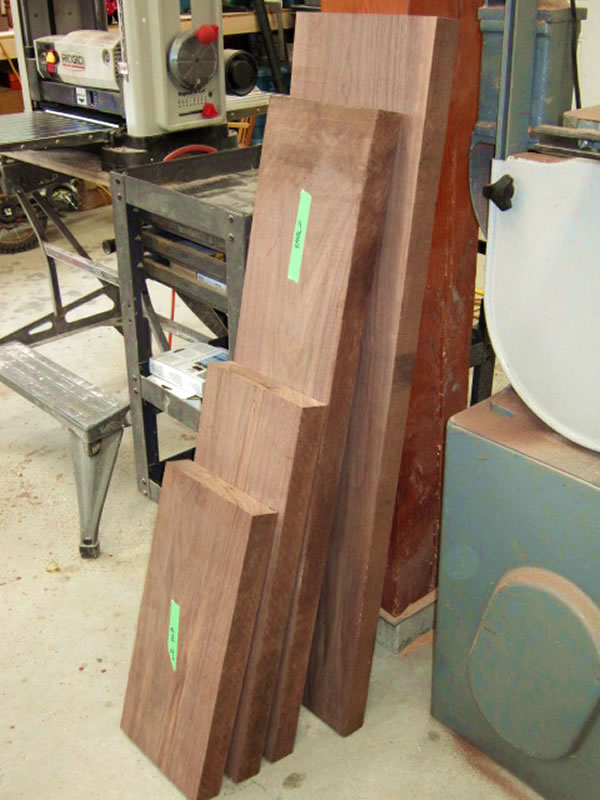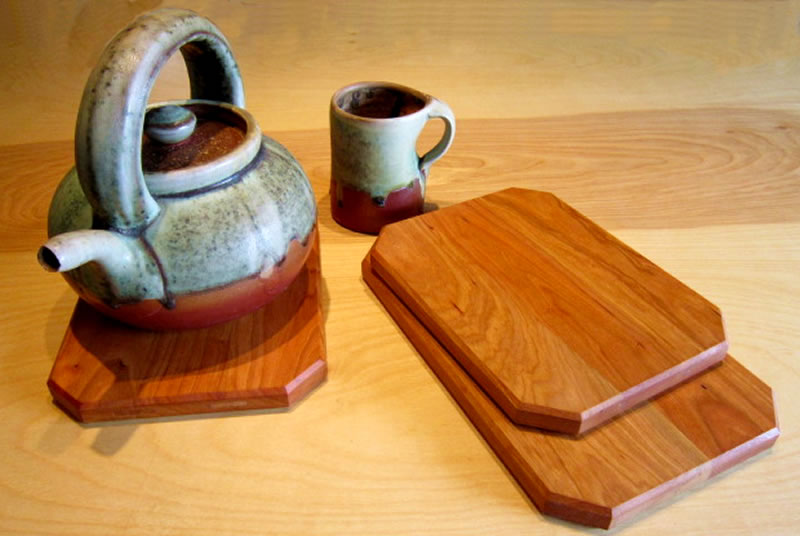Wow, hard to believe that it’s September already! I haven’t written a blog all summer, because I’ve been so busy with building projects. But I did get some new gouges for carving this year, as I am getting ready to do a very special project for a dear friend. So here is a fun little practice carving of a wizard in a funky hat. I love playing with using the tool marks to create a very unique “hand carved” look.
